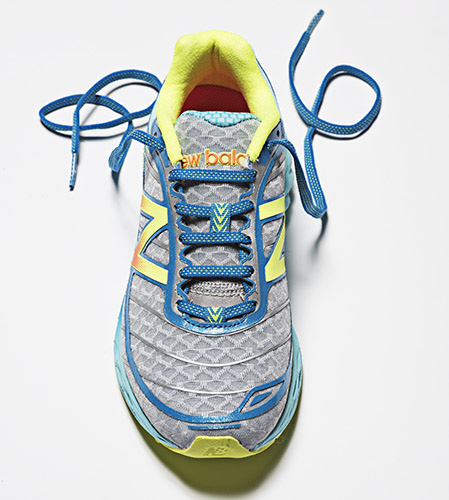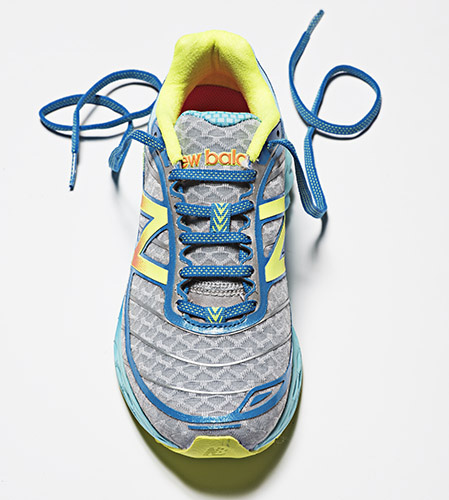
Laces - Different Types & How Tight to Lace Them?
Monday, August 1, 2016
Technology has up-dated the shoe lace to offer a greater choice for athletes and runners. Here's a quick rundown on traditional and high-tech laces and how they affect fit, performance and comfort:
Flat woven
- ½” or 13 mm wide, flat and square with plastic tips ranging from 68.50 cm or 27” up to 1.83 m or 72” – runners usually use 34” or 86 cm
- Made of cotton, jute or hemp
- The length of the lace in running shoes doesn't leave much lace left over for the tie
- Must be tied very tightly to leave enough lace for the tie, resulting in an extra tight shoe

Fat Woven
- Similar to the flat woven lace except they have a width of ¾” 19mm
- Fatter laces don't loosen in the lacing holes as you run
- Easier to grip and tie firmly
- Flat cross-section laces stay tied more securely than round cross-section
- Natural fibres get friction wear and moisture-rot
Elastic laces
Elastic laces offer a number of advantages over traditional laces. For instance, you can use asymmetrical lacing to mould your running shoes to get a superior fit – both for normal or unusually shaped feet.
- Some elastic laces have knots along the entire length of the lace at fixed intervals
- Stretch and the knots disappear, allowing you to thread the lace through the eyelets
- More knots between eyelets lessen the tension and fewer knots increase tension
- You can improve lateral stabilization by increasing the tension along either side of a shoe
- Elastic laces expand during natural foot swelling – so no foot compression
- The laces don't loosen and the knots maintain the original fit for superior comfort
- Another elastic lace type has a spring locking device for maintaining a secure fit for runners
- No friction wear, moisture rotting or loosening laces as you run
How tight to lace?
Natural fibre laces should be tied tightly to allow for loosening as you run, but not tight enough to inhibit blood flow to your feet. You just have to experiment with this, I'm afraid.
Firmly tied elastic laces will expand and allow for foot swelling without needing to be adjusted mid-run, so you never have to retie your laces and you can easily slip your shoes on and off.
